American society is obsessed with romantic love. From romantic comedies dominating box offices to holidays like Valentine’s Day to societal expectations of marriage as the ultimate goal, there is no shortage of conditioning to make people believe romantic love is more valuable and superior to platonic love.
The philosopher Elizabeth Brake coined the term “amatonormativity” which, as defined in her book Minimizing Marriage: Marriage, Morality, and the Law, “refers to “the assumptions that a central, exclusive, amorous relationship is normal for humans, in that it is a universally shared goal, and that such a relationship is normative, in that it should be aimed at in preference to other relationship types.” The narrative that one is not complete without a lifelong, monogamous, and (ideally, in the eyes of society) heterosexual romantic partnership is enforced around every corner. This leads to people who don’t want that or can’t find that to feel defective.
In reality, there is nothing inherently more valuable about romantic love. When pressed, it’s tough to even put into words the actual distinction between romantic and platonic love. Some people might say it’s the physical intimacy, but what about people who can’t have sex but desire a romantic relationship for a variety of reasons like asexuality or depression or a physical limitation related to having sex? Are those people and their romantic connections any less valid? Of course not. Frankly, there is not a single satisfactory answer for what differentiates romantic relationships from platonic ones because it’s such a personal experience.
The tricky part of defining the differences between types of relationships is the disconnect between the breadth of the English language and the internal experience of emotions, which vary from person to person. How do you universally define a feeling? You can’t really, and when you try, that’s how people end up feeling excluded when their experience doesn’t align with the socially-enforced expectations they’ve internalized.
Contrary to what American society expects and conditions us to think, romantic and platonic love are simply different and neither is better nor worse. Romance does not have to be a part of your social life in order to feel fulfilled and loved.
This conversation is further complicated by feelings that don’t fit into either the traditional “romantic” or “platonic” definitions of relationships. There are queerplatonic relationships, sexual relationships without a romantic or platonic element, and purely aesthetic attraction, to name a few examples outside the romantic/platonic binary. With the nuances and intricacies of human emotion, it makes sense that a simple binary couldn’t possibly encapsulate the realm of possibility for relationship forms. There are more options open to us than societal conditioning has led us to believe.
The bottom line is that you should navigate your relationships and prioritizing them however feels right to you, your needs, and your loved ones. There is nothing wrong with being happy as a single person or prioritizing fulfillment in other areas of your life over romance, like friendships. Just because society is telling you that in order to feel fulfilled you need a romantic partner does not make it true.











































